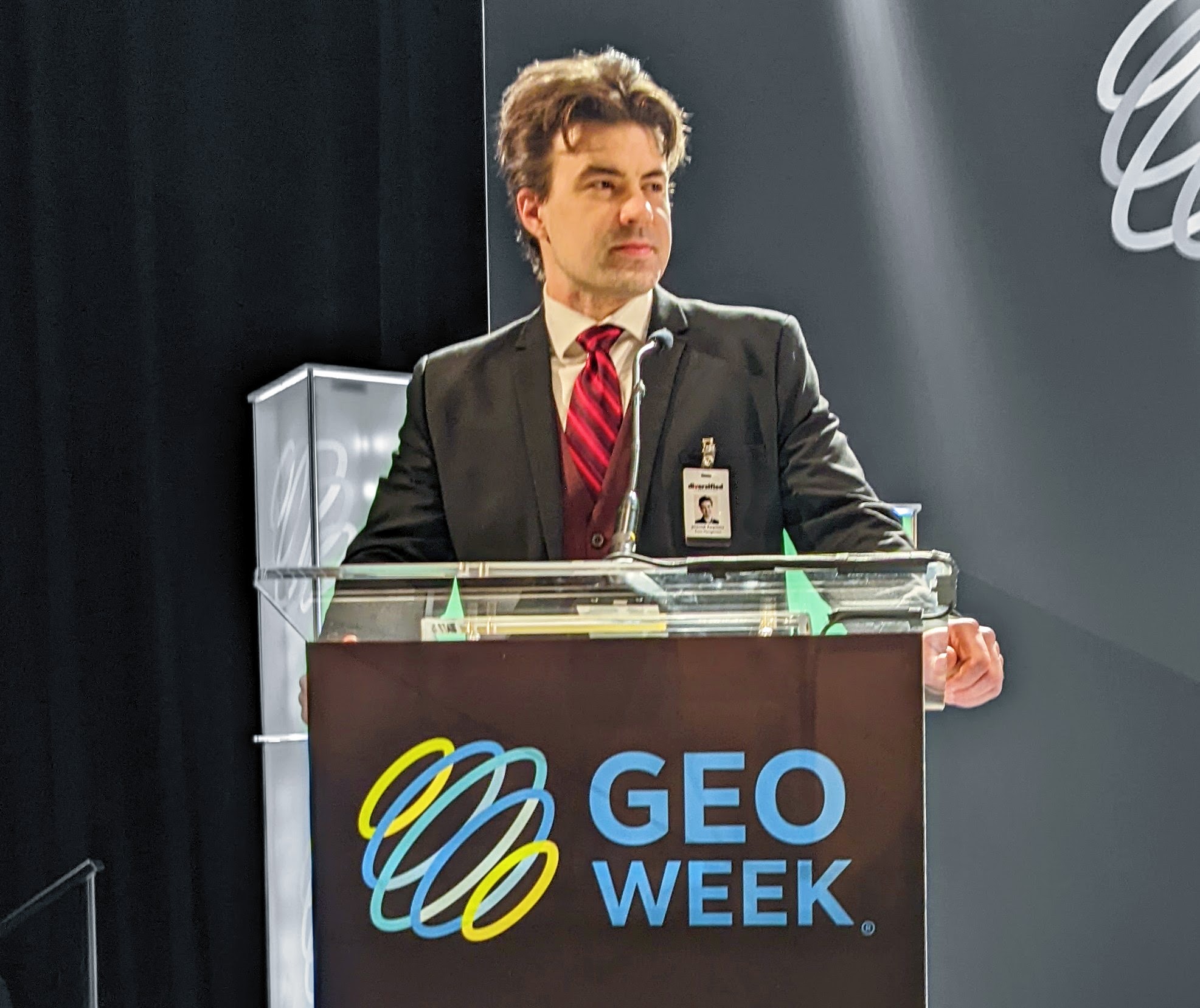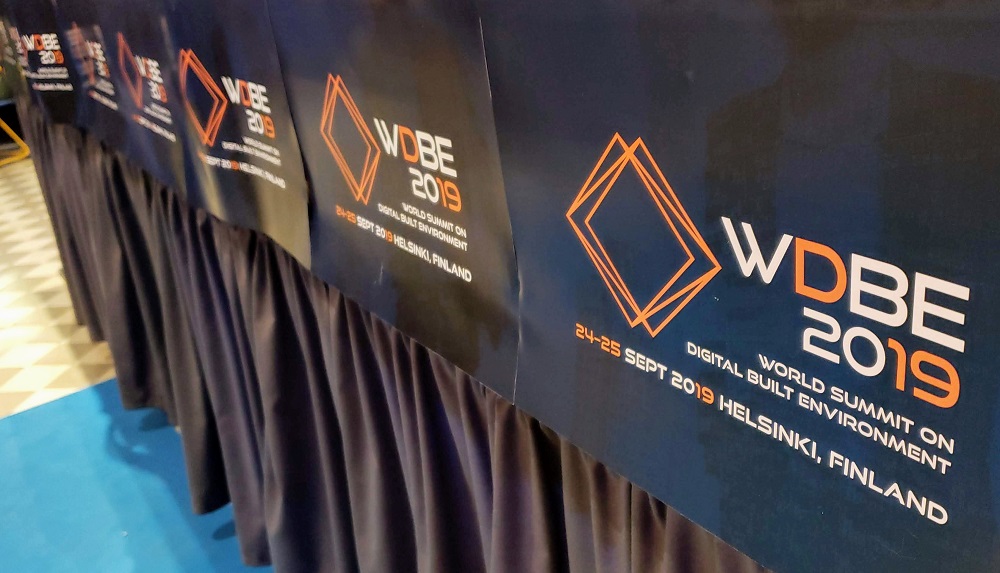The World Summit on Digital Built Environments showcases the best ideas, people and concepts that are dedicated to improving the built environment. Further digitizing the construction industry as a whole is a major theme and focus for this effort, but what it means to get there can vary from country to country. Exactly what this process looks like across Europe was explored in a session at the event that saw representatives from various countries provide the audience with an update on their progress around this topic.
What four themes are the focus of the Smart Built Environment in Sweden? Amy Olsson explains at #WDBE2019 pic.twitter.com/8eVpScfmtk
— Jeremiah Karpowicz (@jeremiahkarp) September 24, 2019
The Smart Built Environment Strategic Innovation Programme in Sweden was presented by Dr. Amy Olsson from IQ Samhällsbyggnad. She explained how in 2016 Sweden launched the 12-year initiative that was ultimately about embracing digitalization as a driver of positive change. Right now, many stakeholders feel as if they have to start over at each stage of the construction process which wastes countless amounts of time and money. While their approach in terms of creating efficiencies in the sector might sound familiar, goals associated with a 40% reduction in environmental impact in new builds and renovations, a 33% reduction in time from plan to finished product as well as a 33% reduced building cost are as unique as they are necessary.
These differences are enabled thanks to the creation of systems that can automatically install drywall so that sites don’t need to be idle 2/3 of the days. Web portals where ideas can be tested and verified can also create efficient construction standards and processes, but these ideas are all about enabling digitalization to form a common language linking the entire construction ecosystem.
That said, digitalization in and of itself can’t be the end game. The process itself needs to speak to the standardization of information infrastructure, new technologies and applications. It’s a process that needs to start early, and can’t take place once pen has been put to paper. Scanning something that’s on paper is not the “digitalization” that anyone should be focused on.
What does Build4.0 value creation look like? Mette Glavind from Danish Technological Institute talks it through at #WDBE2019 pic.twitter.com/jjLnSCobfW
— Jeremiah Karpowicz (@jeremiahkarp) September 24, 2019
Dr. Mette Glavind from the Danish Technological Institute explained what kind of a difference Build4.0 has made in Denmark. Build4.0 includes use of robots, 3d-print to produce materials and use of drones to make condition surveys and surveillance of building sites. She mentioned the obstacles with integration, and that the biggest challenges are typically not about the technology.
While there are uncertainties regarding the adoption of new technologies related to financing, knowledge and a lack of education, the benefits of going through the adoption process have been proven in multiple ways. 73 use cases have been published that highlight what these differences can mean.
A specific look at who understands what about BIM in the construction sector in Italy, at #WDBE2019 pic.twitter.com/tU2uESrjPF
— Jeremiah Karpowicz (@jeremiahkarp) September 24, 2019
Ms. Giada Malacarne, Fraunhofer Italia research scarl, explained in detail what the digitalization of the construction sector in Italy looks like. She highlighted the ongoing initiatives to push the digitalization of the construction sector supported by the major public administrations of the region.
Seeing the low level of adoption and implementation of BIM and digital technologies within the region was quite striking, which underscores the need to create a framework for public administrations as drivers of this transformation. It’s one of the reasons that Fraunhofer Italia is supporting and driving the adopting of an Open BIM Library, an information management system and a package of rules for buildings regulations compliance.
Lastly, Ms. Minna Perähuhta from the Finnish Ministry of the Environment pulled everything together by talking through what similar efforts and initiatives look like in Finland. While the process and approach to digitalization in the construction sector are a bit different from country to country, the spirit of collaboration is the priority for stakeholders in each country above else. That focus is what’s helping to see one of these countries become the first to establish standards around fully digitized construction processes that can then be shared and integrated across the world.
How are the Nordic countries and Estonia collaborating to enable totally integrated digital construction processes? Minna Perahuhta from the Finnish Ministry of the Enviornment explains at #WDBE2019 pic.twitter.com/PhlCFwen6x
— Jeremiah Karpowicz (@jeremiahkarp) September 24, 2019






